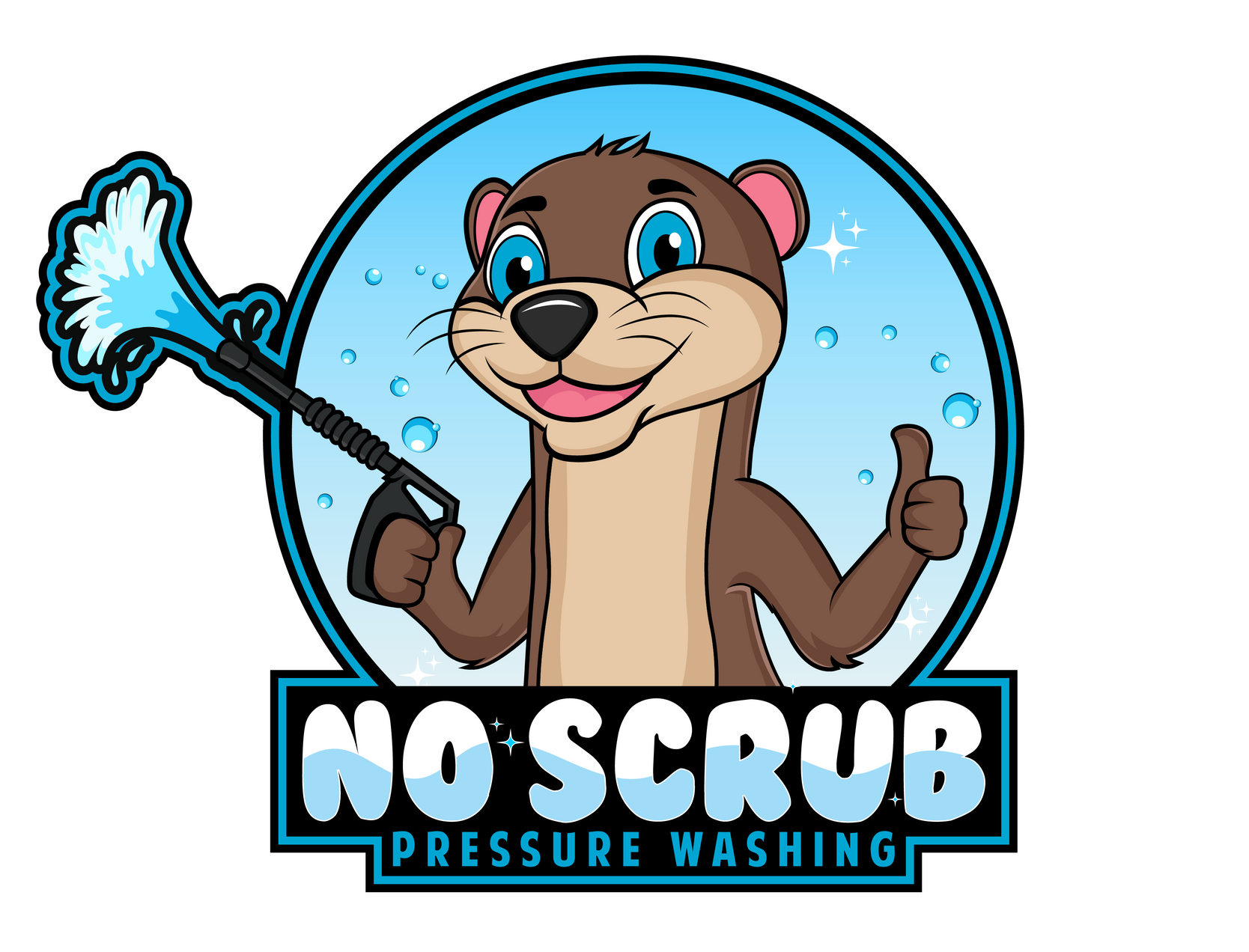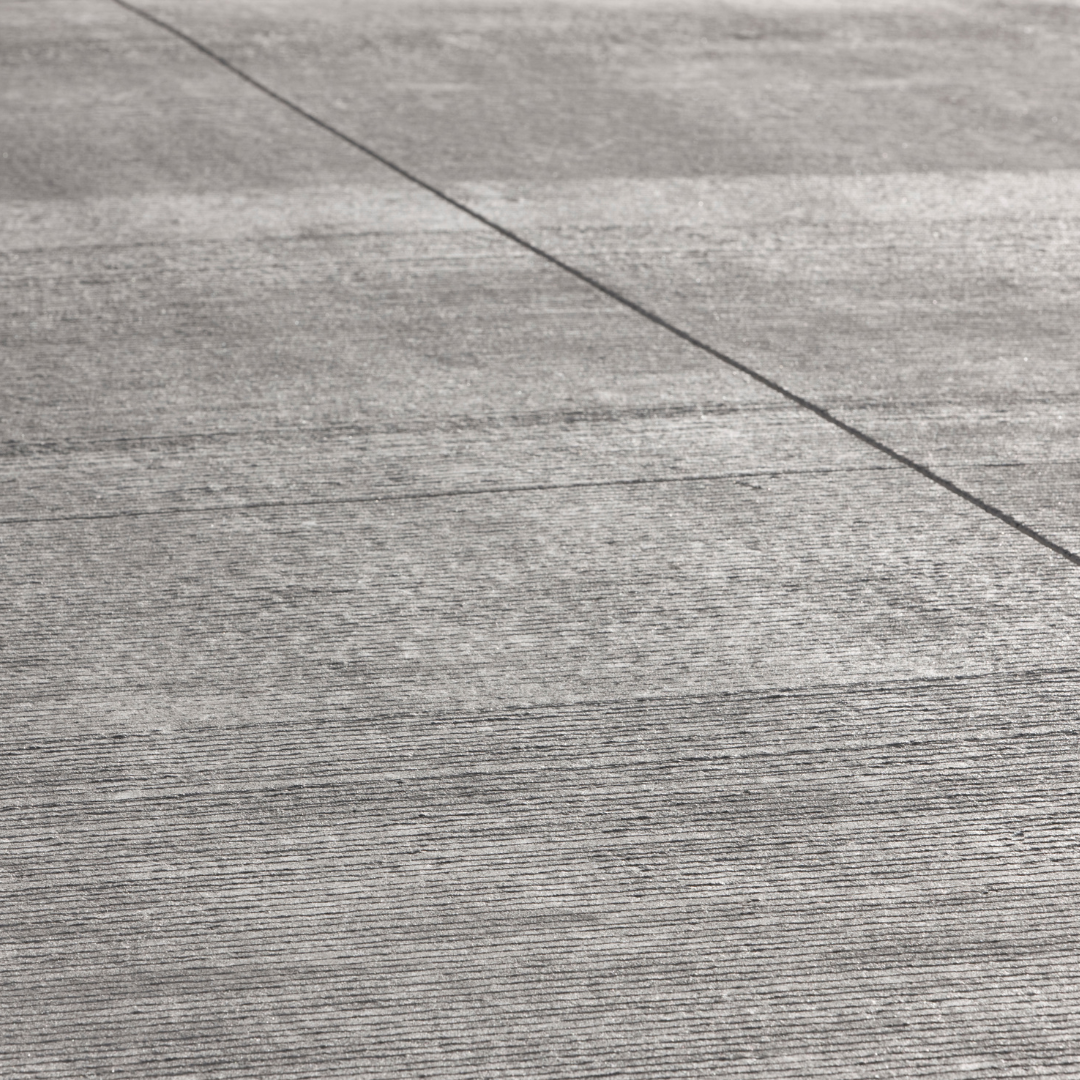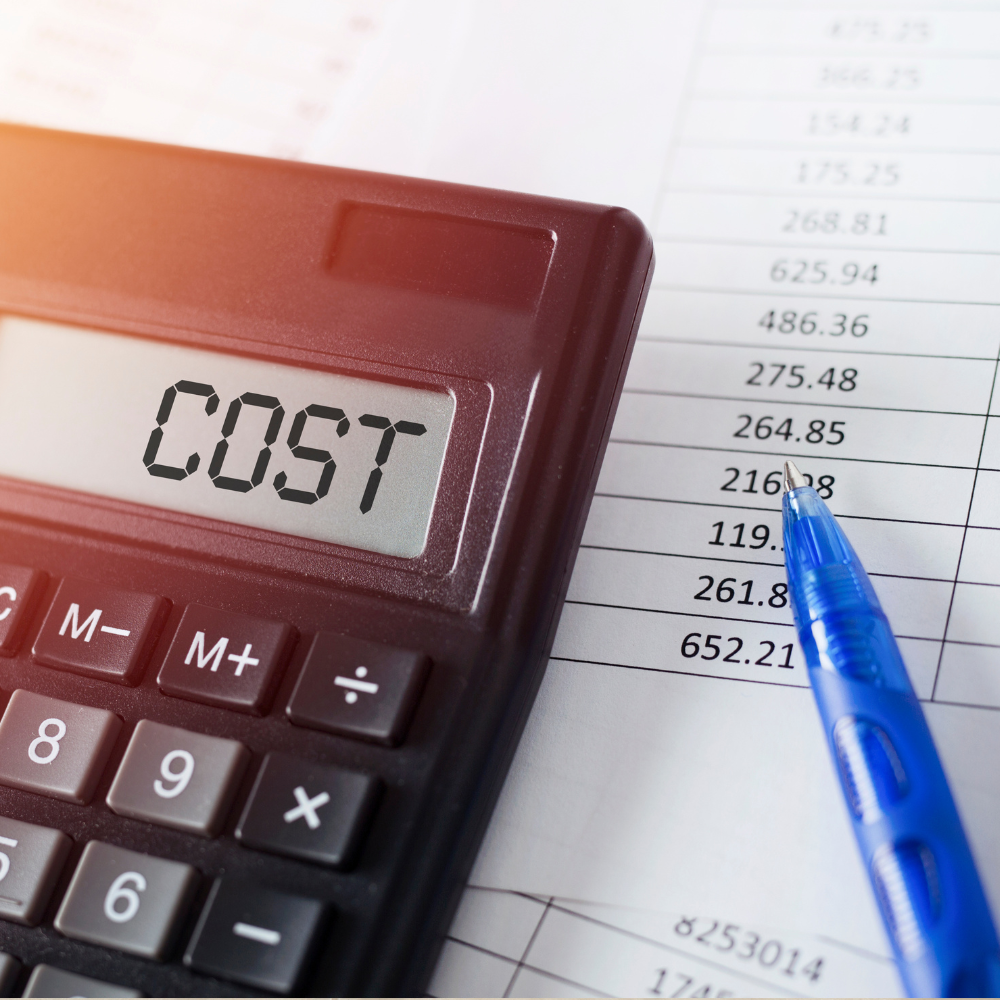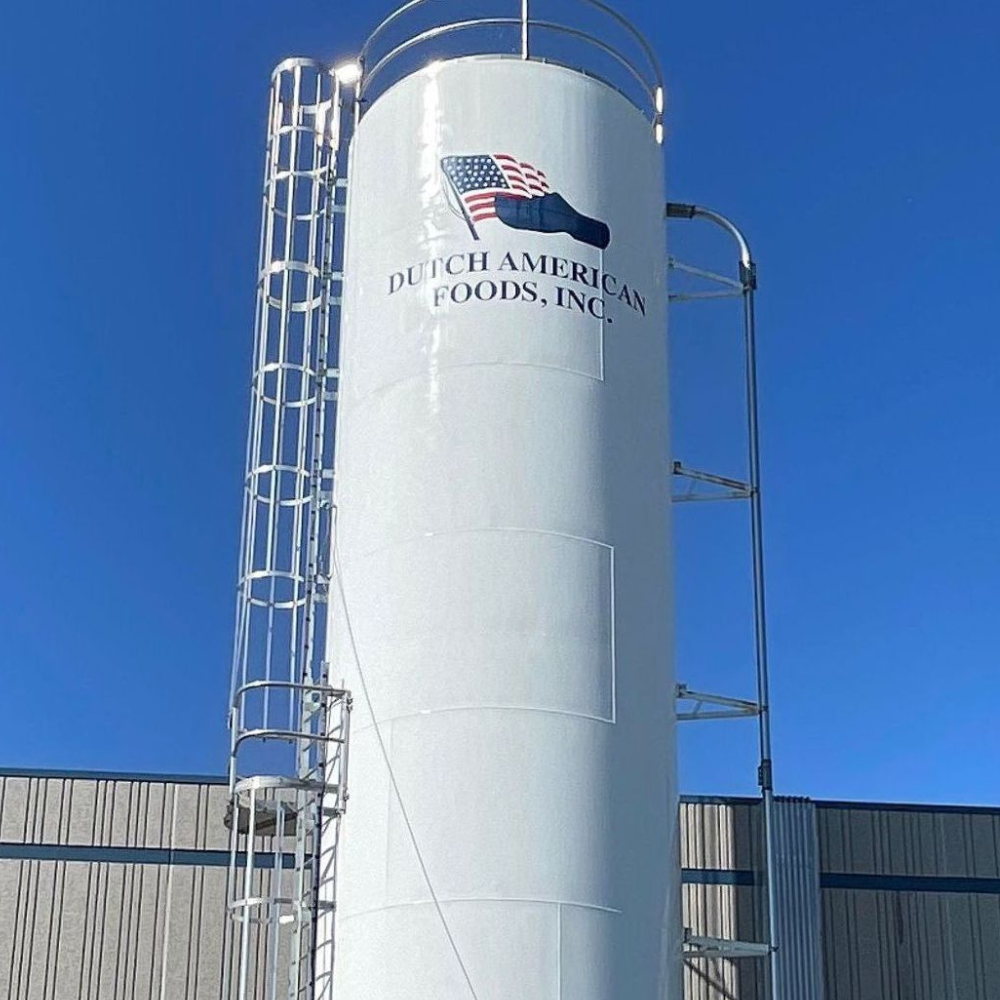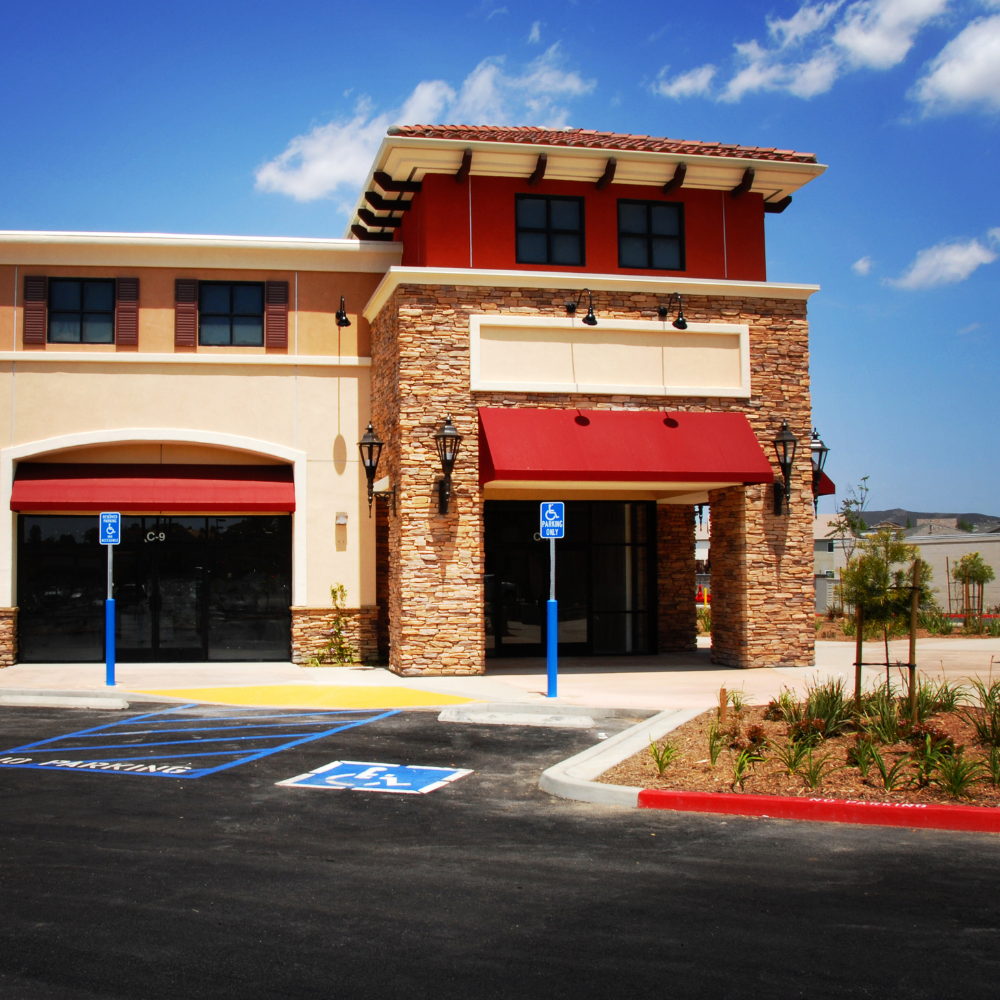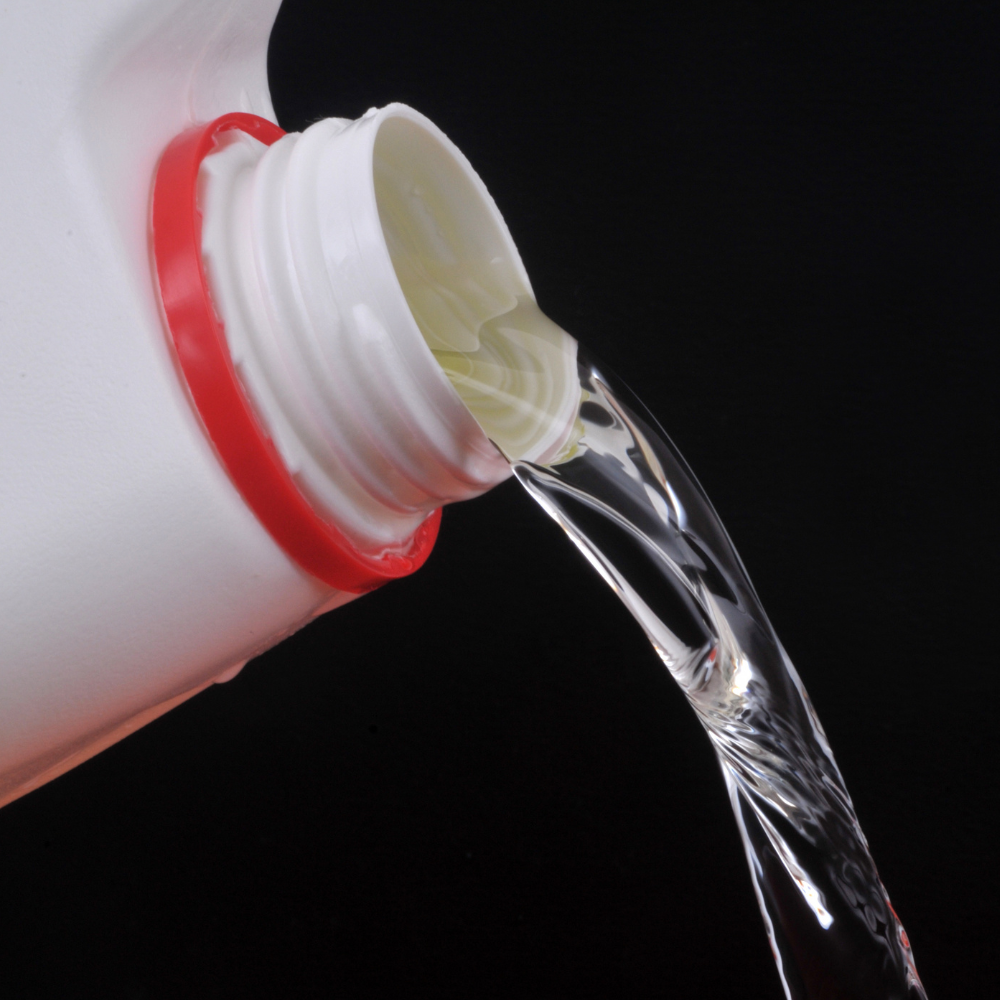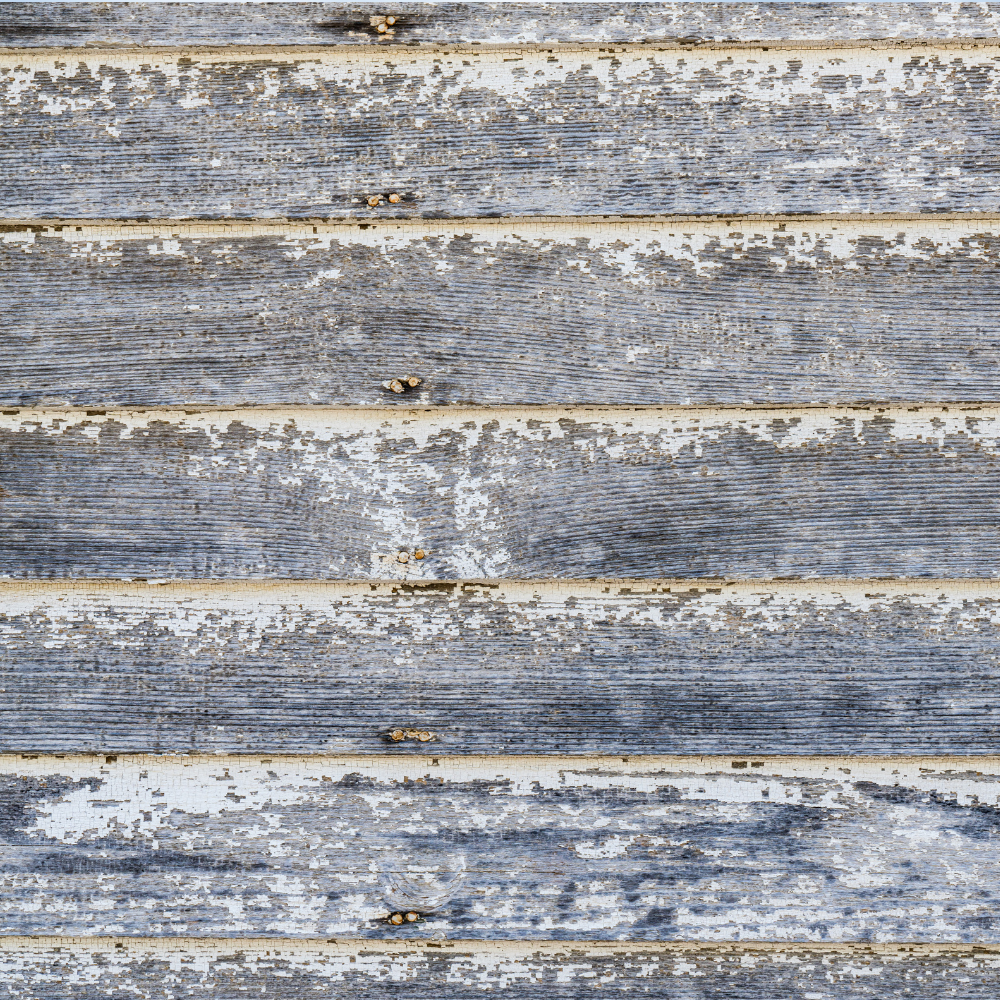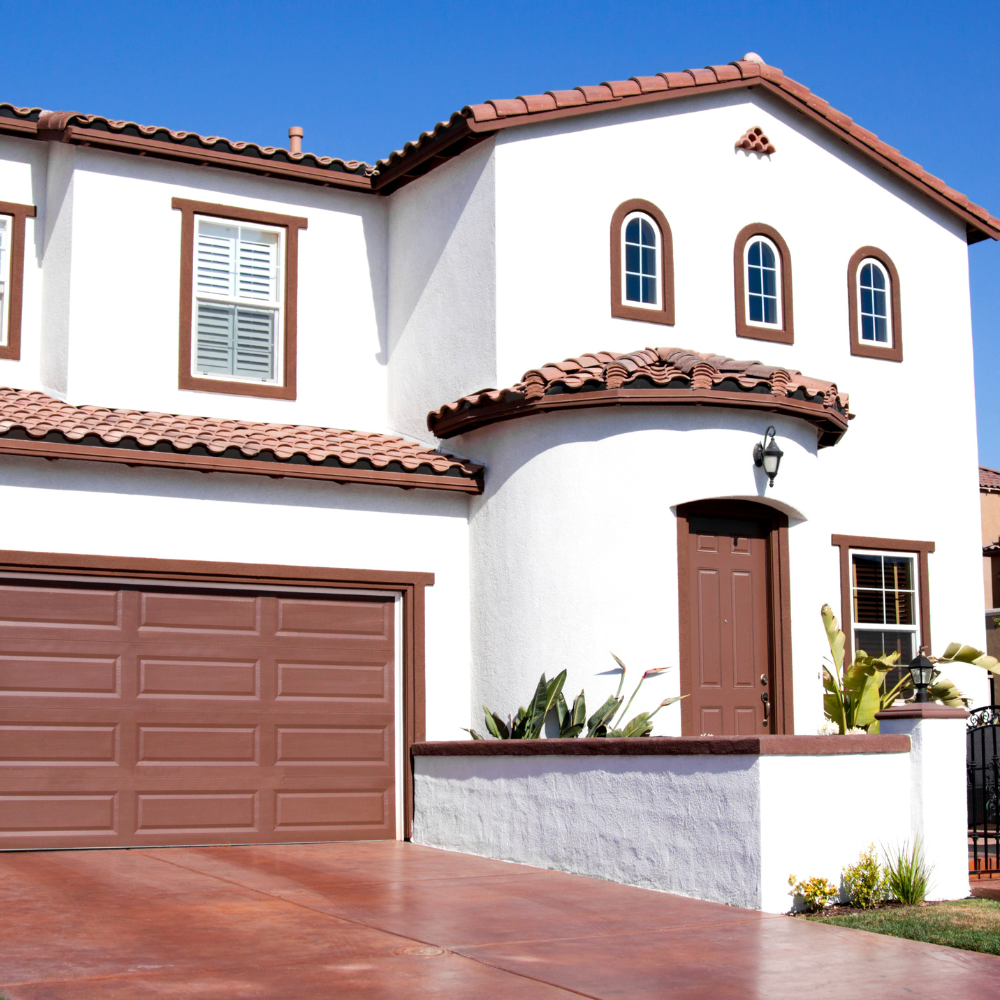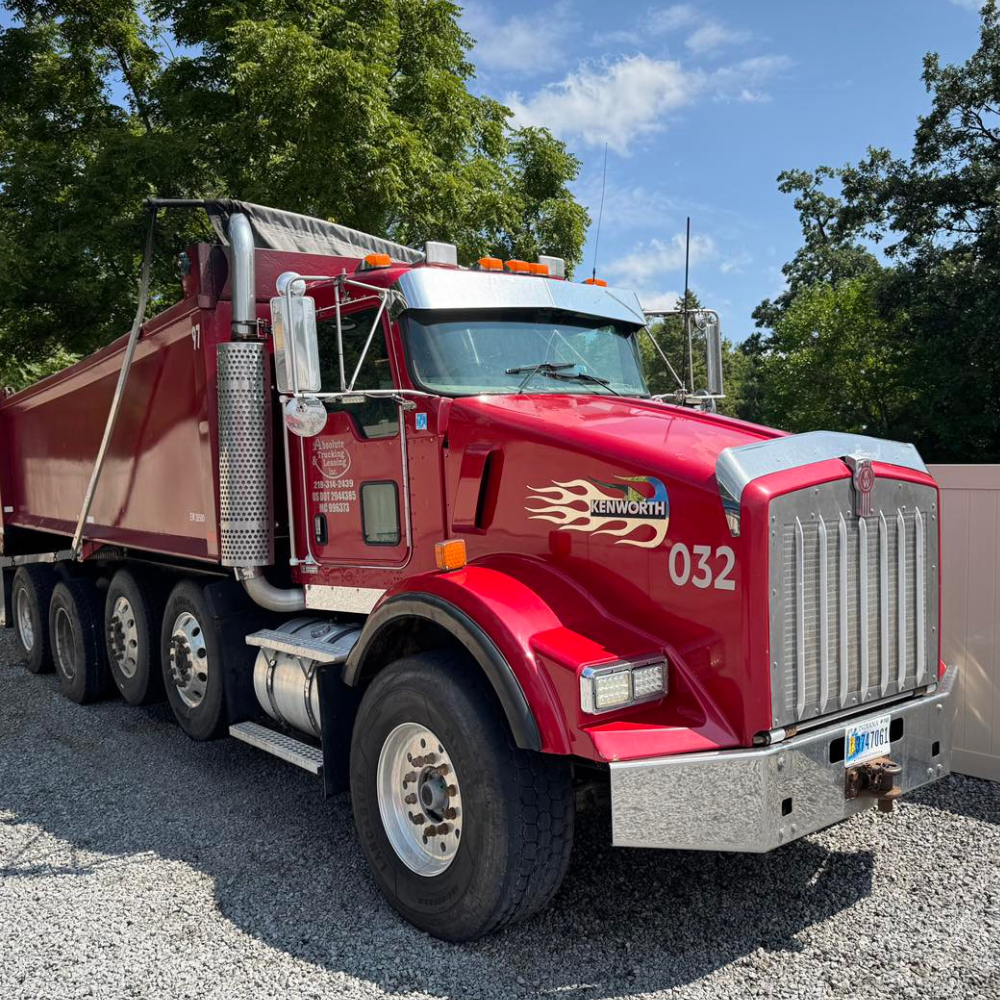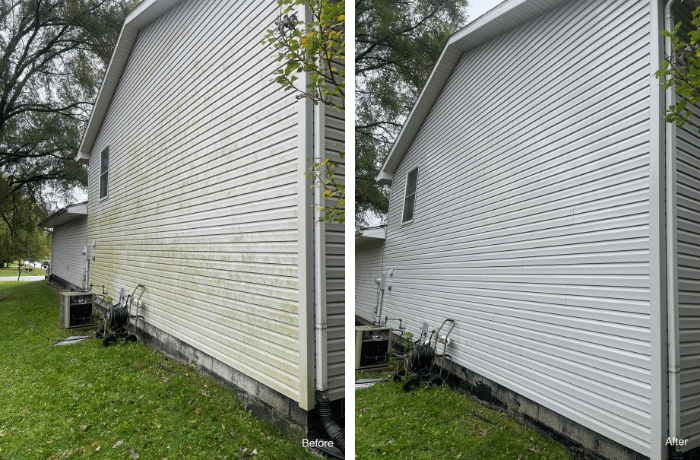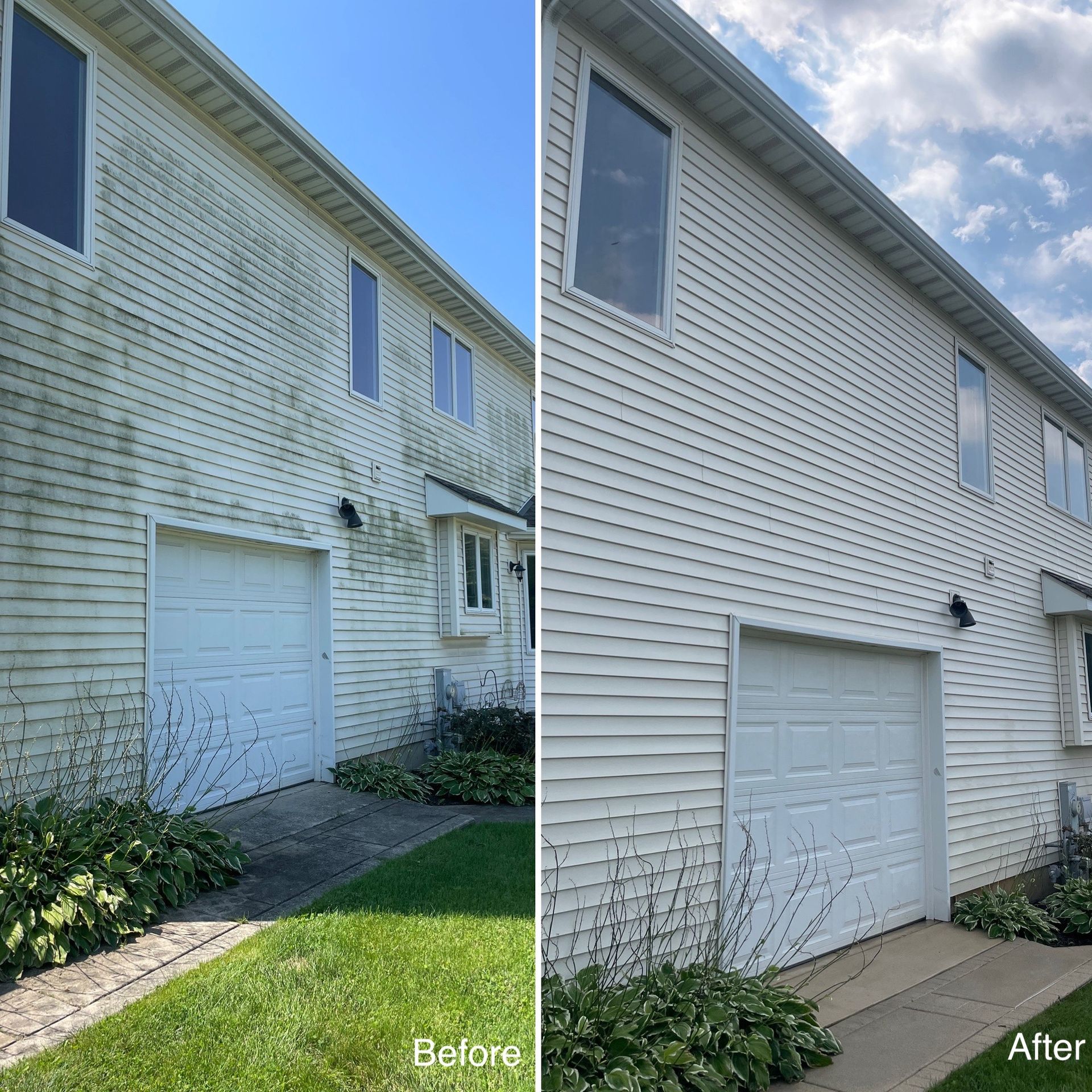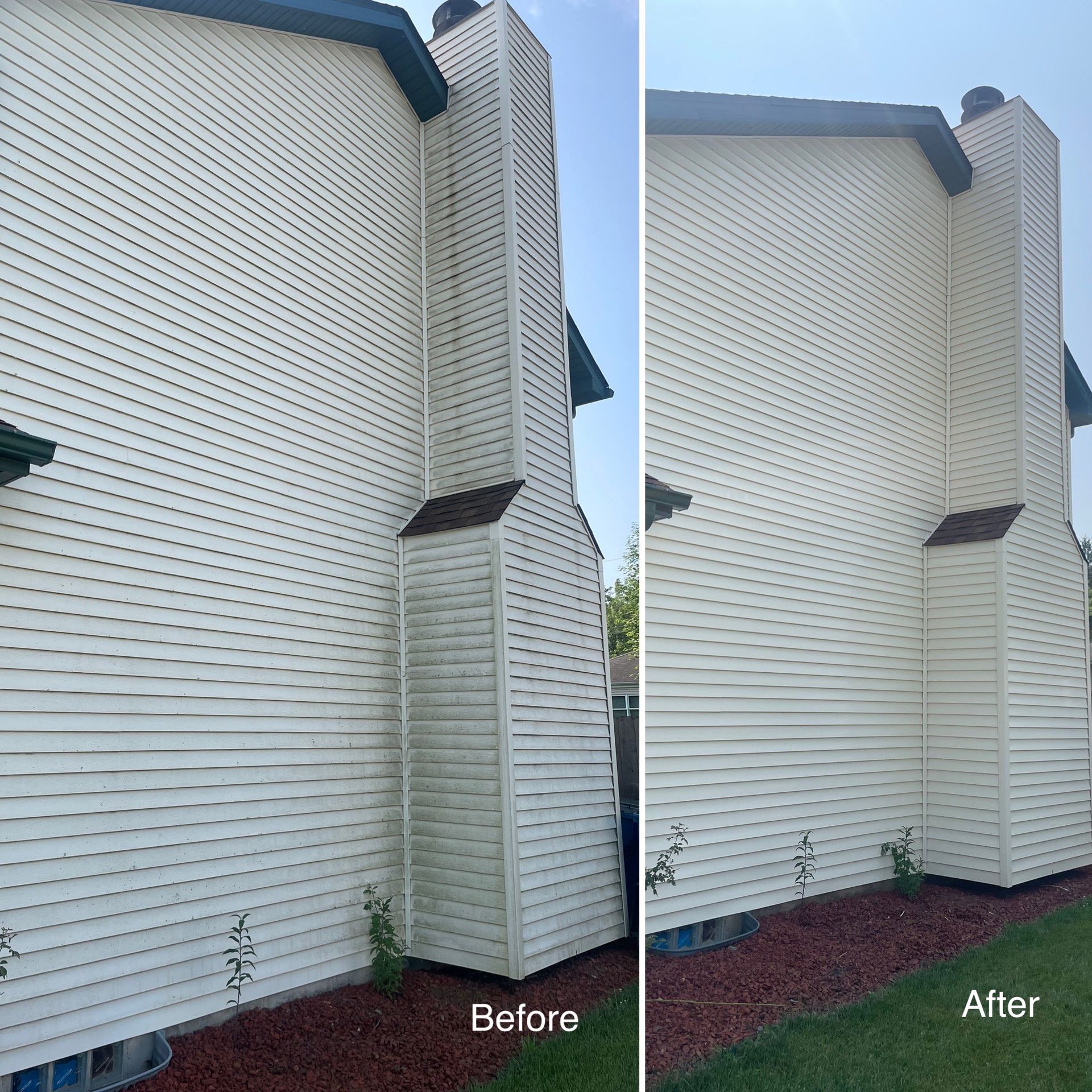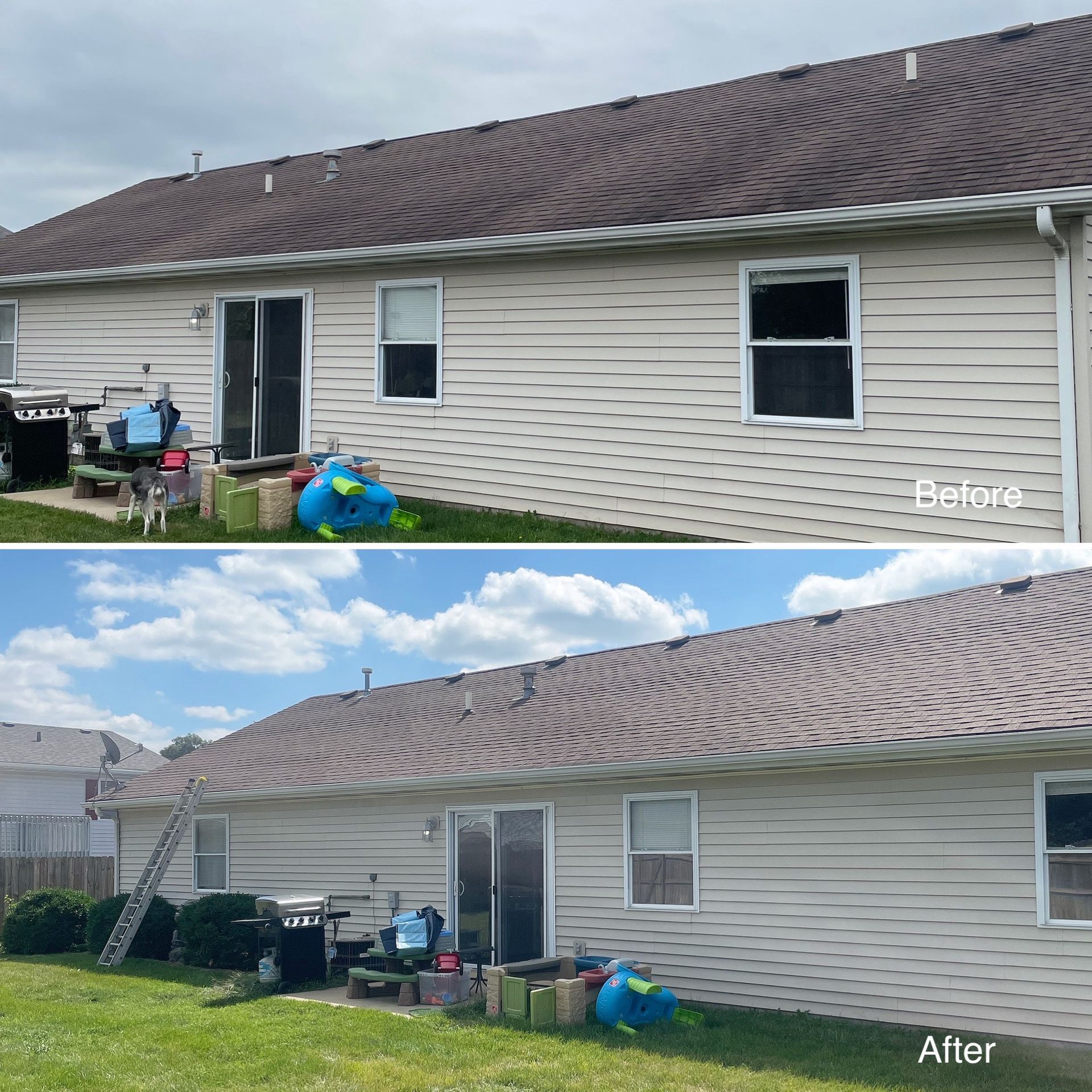10 Best Practices for Pressure Washing Your Pool Area
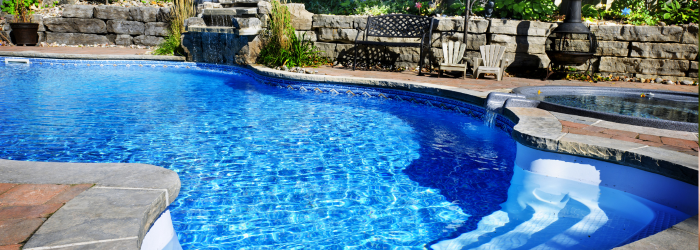
Best Practices for Pressure Washing Your Pool Area
Maintaining a clean and inviting pool area is essential for aesthetic appeal and safety. Over time, dirt, algae, and grime can build up on pool decks, making them slippery and unsightly. Pressure washing is one of the most efficient methods to rejuvenate your pool area, but improper techniques can cause more harm than good. In this guide, we'll explore the best practices for pressure washing your pool area, ensuring longevity and a pristine finish.
1. Understand Your Pool Area Surface
Before you start pressure washing, identify the type of surface in your pool area. Concrete, pavers, wood, and composite decking all require different approaches:
Concrete: Can withstand high pressure but may need sealing after cleaning.
- Pavers: Require lower pressure to prevent displacement.
- Wood: Needs a gentler setting to avoid splintering or damage.
- Composite Decking: Sensitive to heat and high pressure.
Pro Tip:
Perform a spot test in an inconspicuous area to ensure the chosen pressure setting doesn’t damage the surface.
2. Choose the Right Equipment
Using the correct pressure washer is crucial. A gas-powered pressure washer is often more powerful than an electric one, making it ideal for larger pool areas. Key factors include:
- PSI (Pounds per Square Inch): Opt for 1,500–2,500 PSI for most pool decks.
- GPM (Gallons per Minute): A higher GPM ensures faster cleaning.
- Nozzle Type: Use a wide-angle (25–40 degrees) nozzle to distribute pressure evenly.
3. Prepare the Pool Area
Preparation is key to an efficient cleaning process:
- Remove Furniture and Decor: Clear the area to avoid obstacles.
- Cover Delicate Features: Protect plants, glass, and lighting fixtures with plastic sheeting.
- Sweep and Rinse: Remove debris to prevent clogging and streaking during washing.
4. Use the Right Cleaning Solution
For optimal results, combine pressure washing with a biodegradable detergent specifically formulated for pool decks. This removes tough stains, algae, and grease without harming the environment or pool water.
5. Maintain Safe Distance
Keep the pressure washer’s nozzle at least 12 inches away from the surface to prevent damage. Adjust this distance based on the surface material and cleaning requirements.
6. Work in Sections
Divide your pool area into smaller sections to ensure thorough cleaning:
- Start from the highest point to prevent water pooling.
- Overlap each stroke slightly to avoid streaks.
7. Mind the Weather
Choose a sunny day with minimal wind to prevent water from drying unevenly and to ensure safety during the process.
8. Address Stubborn Stains
For persistent stains like oil or rust, pre-treat the area with a cleaning solution and allow it to sit for 5–10 minutes before pressure washing.
9. Rinse and Inspect
After completing the washing process, rinse thoroughly to remove any detergent residue. Inspect the area for missed spots or potential damage.
10. Seal the Surface (Optional)
Applying a sealant to your pool deck after washing can protect it from future grime buildup and UV damage. This is particularly beneficial for porous surfaces like concrete and pavers.
Benefits of Hiring a Professional Service
While DIY pressure washing may seem cost-effective, hiring professionals can save you time and prevent costly mistakes:
- Expertise in Surface Care: Professionals know the ideal pressure settings and techniques for each surface type.
- High-Quality Equipment: They use advanced tools and eco-friendly cleaners for superior results.
- Safety Assurance: Experts reduce the risk of injury or damage to your property.
- Time Efficiency: A professional service can clean large areas quickly and effectively.
Recommendation:
For guaranteed results and peace of mind, consider hiring a local pressure washing service. Their expertise ensures your pool area looks impeccable while preserving its integrity.
Pressure washing your pool area is an effective way to maintain its appearance and safety. By following these best practices, you can achieve a spotless pool deck without causing damage. However, for the best results, consider hiring a professional service. Their expertise ensures thorough cleaning and long-term protection for your pool area.
FAQs
How often should I pressure wash my pool area?
It’s best to pressure wash your pool area at least once a year or more frequently if you notice significant grime or algae buildup.
Can pressure washing damage my pool deck?
Yes, if done improperly. Using high pressure or the wrong nozzle can erode surfaces, loosen pavers, or cause splintering.
What is the ideal PSI for pressure washing a concrete pool deck?
A PSI of 2,000–2,500 is ideal for concrete surfaces. Adjust settings based on the condition of the deck.
Should I pressure wash my pool area before sealing it?
Absolutely! Pressure washing removes dirt and contaminants, ensuring the sealant adheres properly and lasts longer.
Is it safe to pressure wash near the pool water?
Yes, but avoid spraying directly into the pool to prevent debris or chemicals from entering the water.
